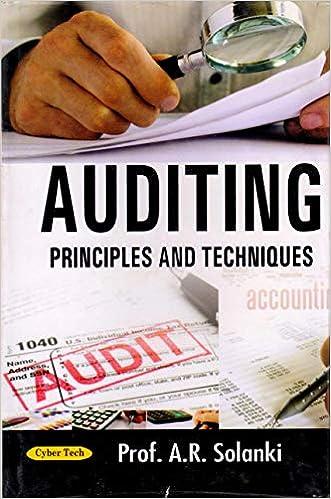PR 24-4A Effect of proposals on divisional performance A c for the year ended December 31 is as follows: OBJ. 4 ndensed income statement for the Commercial Division of Sales Cost of goods sold Gross profit Operating expenses Income from operations $3,500,000o 2,480,000 $1,020,000 600,000 420,000 $2,500,000 Invested assets Chapter 24 Decentralized Operations 1209 Assume that the Commercial Division received no charges from service departments The president of Maxell Manufacturing has indicated that the division's return on a $2,500,000 investment must be increased to at if operations are to continue. The division manager is considering the following three least 21% by the end of the next year Proposal 1: Transfer equipment with a book value of $312,500 to other divisions at no gain or loss and lease similar equipment. The annual lease payments would exceed the amount of depreciation expense on the old equipment by $i05,000. This increase in expense would be included as part of the cost of goods sold. Sales would remain unchanged Proposal 2: Purchase new and more efficient machining equipment and thereby reduce the cost of goods sold by $560,000 after considering the effects of depreci- ation expense on the new equipment, which has no remaining book value, would be scrapped at no gain or loss. The new equipment would increase invested assets by an additional $1,875,000 for the year equipment. Sales would remain unchanged, and the old Proposal 3: Reduce invested assets by discontinuing a product line. This action would eliminate sales of $595,000, reduce cost of goods sold by $406.700, and reduce operat- ing expenses by $175,000. Assets of $1,338,000 would be transferred to other divisions at no gain or loss. Instructions 1. Using the DuPont formula for return on investment, determine the profit margin, investment turnover, and return on investment for the Commercial Division for the past year pare condensed estimated income statements and compute the invested assets for each proposal 2. Pre DuPont formula for return on investment, determine the profit margin, . Round percentages 3. Using the investment turnover, and return on investment for each proposal and the investment turnover to one decimal place. 4. Which of the three proposals would meet the required 21% return on investment? 5. If th e Commercial Division were in an industry where the profit margin could not investment turnover have to increase to meet the be increased, how much would the president's required 21% return on investment? Round to one decimal place. MNO 8 Instructions s are entered in the cells with gray backgrounds 10 Cells with non gray backgrounds are protected and cannot be edited 11 An asterisk () will appear to the right of an incorrect entry in the income statement and above or below 12 elements in the equations 14 15 16 Returm on Investment (RI)Proft Margin x Investment Turnover Return on Investment (ROI) Commercial Division: Income from Operationsx Sales Invested Assets Sales 20 23 25 MAXELL MANUFACTURING INC-COMMERICAL DIVISION Estimated Income Statements For the Year Ended December 31 27 28 Proposal 1Proposal 2 Proposal 3 Sales Cost of goods sold Gross proft Operating expenses income from operations 31 36 Invested assets Pr. 24-4A Type here to search S/IMSU 7 CHRONOS F4 F8 4 A B C E F G 3. Return on Investment (ROI) Profit Margin x Investment Turnover = Income from Operations Sales Sales Invested Assets Return on Investment (ROI) = Proposal 1: ROI Proposal 2: ROI Proposal 3: meet(s) the required 21% rate of return on investment. E F G Return on Investment (ROI) Profit Margin x Required Investment Turnover x Required Investment Turnover Required Investment Turnover Current Investment Turnover Increase in Investment Turnover = Pr. 24-4A O Type here to search











